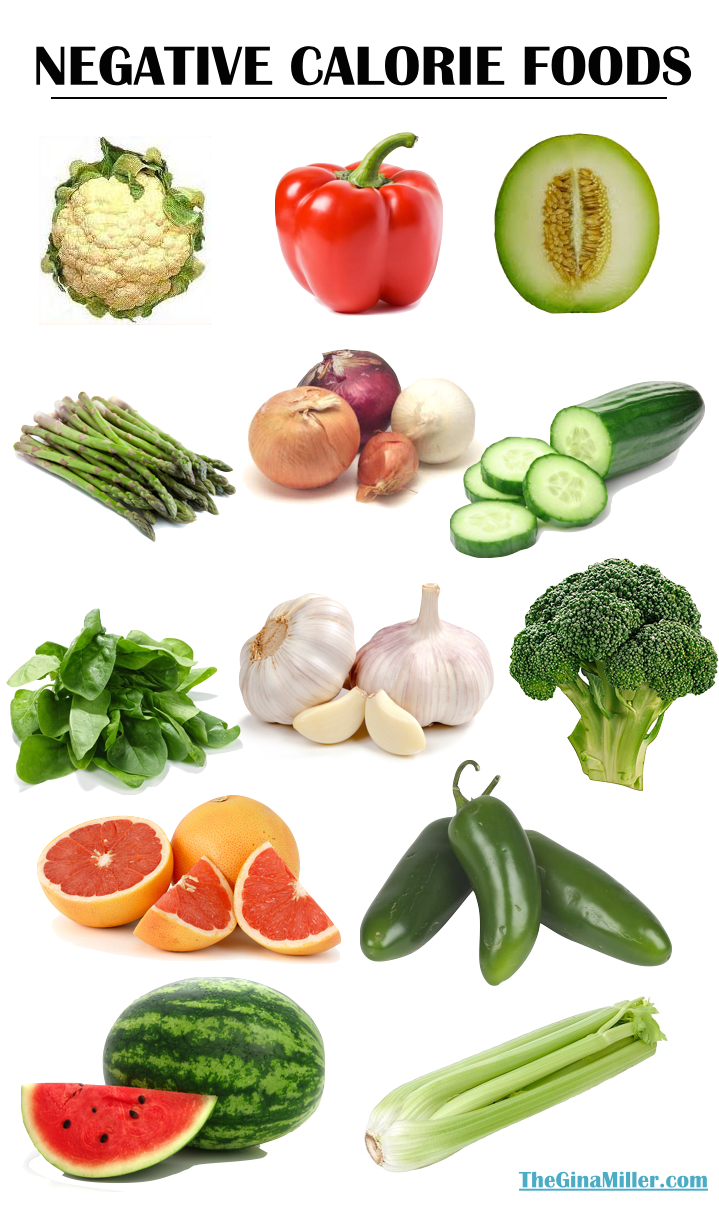

Similar to negative-calorie foods, zero-calorie items - such as cold water - are often promoted as increasing metabolism. It’s unlikely that the energy used to digest these foods is dramatically higher than for other carb-based foods, though this has not been studied specifically. Most alleged negative-calorie foods are composed primarily of water and carbs, with very little fat or protein. In fact, the amount of energy your body uses to process foods is usually described as a percentage of the calories you eat and is estimated separately for carbs, fats and proteins.įor example, the energy used to process foods is about 5–10% of the calories the food contains for carbs, 0–5% for fat and 20–30% for protein ( 1). While it’s true that your body uses calories to process foods, the number of calories used is less than the calories foods provide ( 12). Therefore, the amount of energy you use during a few minutes of chewing celery or other foods is probably very small and relatively unimportant. Some people wonder if the energy expended during chewing could help contribute to a food being negative-calorie.Ī limited amount of research has shown that chewing gum increases the energy your body uses by about 11 calories per hour ( 11). Though it’s true that most of these foods are nutritious, it’s unlikely that any of them are negative-calorie.Įach of them contains calories, and there is no evidence to support the notion that they require more energy to eat, digest and process than they provide. There Are No Actual Negative-Calorie Foods Fruits and vegetables with high water content and few calories are often marketed as negative-calorie. Negative-calorie foods supposedly require more energy to digest and process than they actually provide to your body.

Since each of these foods contains calories, the question is whether or not your body uses more calories to process these foods than the foods contain. Other similar fruits and vegetables, such as lemons, cabbages, berries or zucchini, are commonly included in these lists as well. Apples: 53 calories per cup (110 grams), 86% water ( 10).Watermelon: 46 calories per cup (150 grams), 91% water ( 9).Cucumbers: 8 calories per cup (50 grams), 95% water ( 8).Tomatoes: 32 calories per cup (180 grams), 94% water ( 7).

Grapefruit: 69 calories per cup (230 grams), 92% water ( 6).Broccoli: 31 calories per cup (90 grams), 89% water ( 5).Lettuce: 5 calories per cup (35 grams), 95% water ( 4).Carrots: 52 calories per cup (130 grams), 88% water ( 3).Celery: 14 calories per cup (100 grams), 95% water ( 2).Common Foodsįoods promoted as negative-calorie are typically fruits and vegetables with high water content. If these foods exist, you could theoretically lose weight by eating them, as you would use more calories eating and digesting them than you gain from their calorie content. The term negative-calorie food typically refers to a food which supposedly takes more calories to eat, digest and process than it naturally contains and gives to your body. The amount of energy required varies based on the food ( 1). Your body has to expend energy in order to digest and process any food you eat. Food provides your body with a variety of nutrients, including three main categories that dole out energy in the form of calories: carbs, fats and proteins.


 0 kommentar(er)
0 kommentar(er)
